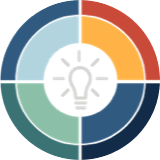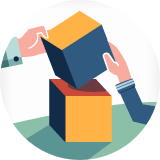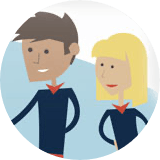The lesson plans in Decide expand on students’ existing knowledge of current community issues. In groups, they choose one issue that they care about and want to change. Before students decide on their issue, the complex notions of personal and communal values, power and influence, and individual and governmental responsibility should be scaffolded for students.
For the Passport to Democracy program to be its most engaging and effective, students should select their own issue of focus as opposed to teachers assigning topics. If students are able to choose their focus (with appropriate scaffolding), it not only increases “buy in” but also empowers students to make their own decisions and elevates student voice.
As with all our resources, choose the activities and lessons which suit your needs (and those of your students) the best. The lessons which we consider to be a “core” component of the Passport to Democracy program have been highlighted in red in the downloadable resource.



